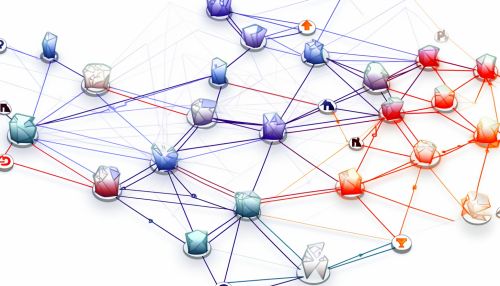Hierarchical Task Network
Overview
Hierarchical Task Network (HTN) is a method of AI planning that utilizes a hierarchical structure to break down complex tasks into simpler, more manageable subtasks. HTNs are often used in fields such as robotics, video games, and logistics, where they help to streamline complex processes and improve efficiency.


Structure and Functionality
At its core, an HTN is a directed acyclic graph, where nodes represent tasks and edges represent the relationship between tasks. Each task in the network can be broken down into smaller subtasks, forming a hierarchy. The topmost task in this hierarchy is the overall goal, while the tasks at the bottom are primitive tasks that cannot be further decomposed.
The HTN planning process begins with the overall goal and works its way down the hierarchy, breaking each task into subtasks until it reaches the primitive tasks. This process is guided by a set of operator schemas, which define how a task can be decomposed, and a set of methods, which define the order in which tasks should be executed.
Advantages and Limitations
One of the main advantages of HTNs is their ability to handle complex tasks efficiently. By breaking down tasks into subtasks, HTNs can reduce the search space and speed up the planning process. This makes them particularly useful in domains where tasks are complex and time is a critical factor.
However, HTNs also have their limitations. One of the main challenges in using HTNs is the need for a comprehensive set of operator schemas and methods. If these are not accurately defined, the HTN may not be able to find a solution, or it may produce a suboptimal solution. Additionally, HTNs can be difficult to implement and maintain, particularly in domains where tasks are dynamic and unpredictable.
Applications
HTNs have a wide range of applications in various fields. In robotics, for example, HTNs are used to plan the actions of autonomous robots. In video games, HTNs are used to generate realistic and unpredictable behavior for non-player characters. In logistics, HTNs are used to optimize the scheduling and routing of deliveries.
